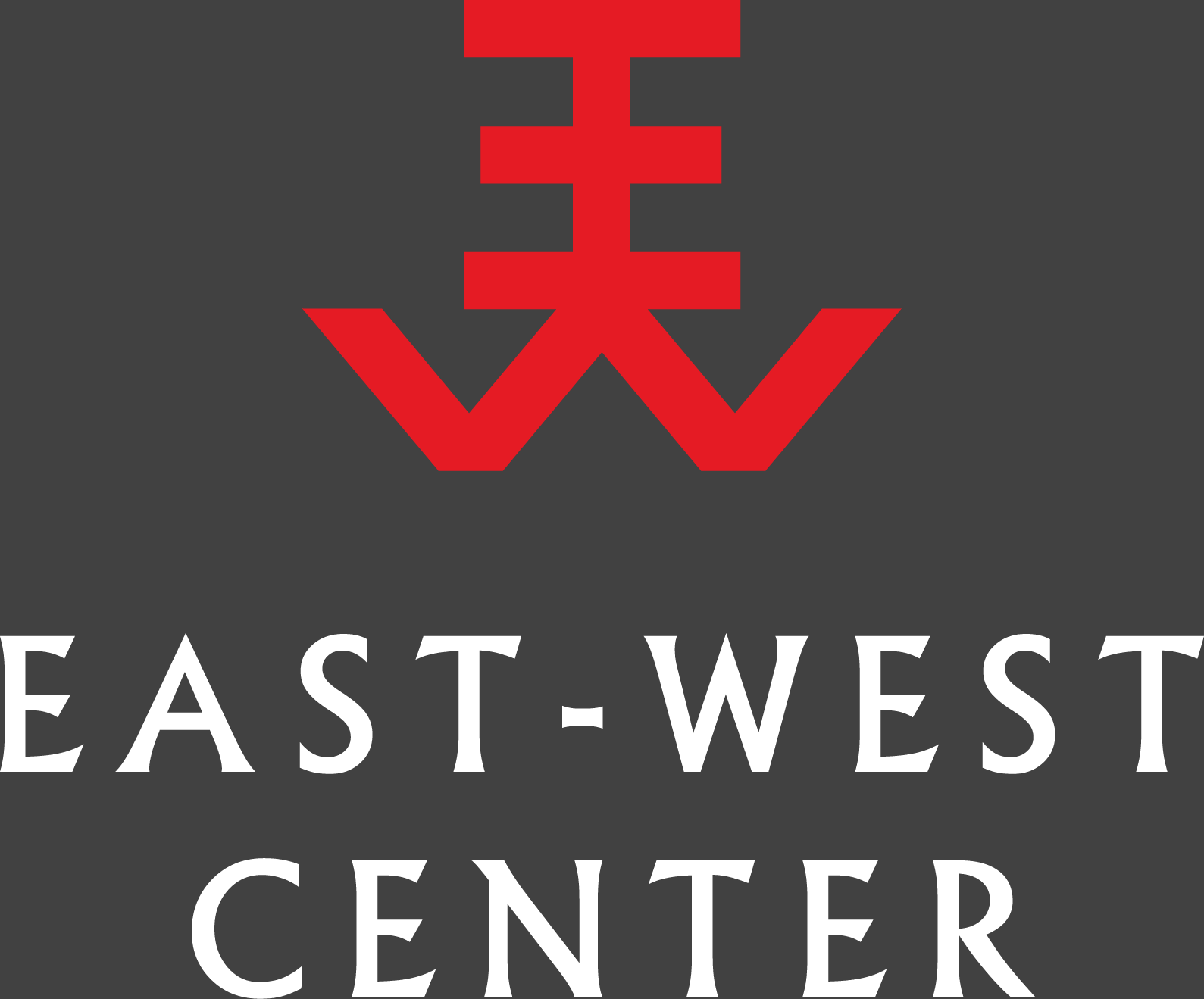►▼ Where is this data from?
This chart is based on data from KOTRA (the Korea Trade-Investment Promotion Agency), which in turn is based on mirror statistics reported by GTIS Global Trade Atlas, with corrections for possible misreporting.
►▼ How are trade categories organized?
This chart is based on the Harmonized System of merchandise trade classifications, an internationally-recognized and standardized system. Categories in the chart are mostly categorized by HS section, the broadest grouping of merchandise definitions. HS sections under which North Korea has minimal exports are included in the "other or unspecified" pie slice. Clicking on an individual pie slice will bring up data on 2-digit HS chapters within that section. (HS codes are further subdivisible into 4-digit and 6-digit definitions, which are not included in this chart.)
►▼ What are North Korea's primary exports?
Anthracite coal has been North Korea's most valuable merchandise export -- for most of the past decade, coal exports have accounted for at least of third of North Korea's total reported exports. Other major reported exports have included seafood, textiles, and other mineral products.
However, successive UN Security Council Resolutions have placed increasing restrictions on North Korea's exports; the several UN sanctions resolutions adopted in 2017 collectively prohibit virtually all of North Korea's major exports. In subsequent years, reported exports of a handful of non-sanctioned goods, such as watches and wigs.
►▼ Where can I find more detailed data?
The UN Comtrade database allows users to research trade patterns based on HS codes, trading partners, and years. Additionally, MIT's Observatory of Economic Complexity offers useful data visualizations for examining trade data for North Korea, as well as for other countries.
►▼ What do international sanctions prohibit North Korea from exporting?
Successive UN Security Council Resolutions, most recently UNSCR 2397 (adopted in December 2017), restrict or prohibit certain categories of trade with North Korea, as well as placing restrictions on the country's financial and shipping activities.
The Resolutions include an arms embargo, and a prohibition on the sale or transfer of dual use items that could be used for nuclear, missile, or WMD development. The most recent Resolutions also prohibit North Korea from exporting certain goods and commodities, including:
- Minerals including coal, iron and iron ore, copper, nickel, silver, zinc, gold, titanium ore, vanadium ore, rare earths, magnesite and magnesia, and other earth and stone products;
- Food (including seafood and fishing rights) and agricultural products;
- Statues;
- Textiles;
- Machinery and electrical equipment; and
- Vessels.
The most recent resolutions also prohibit third countries from renewing or granting new work authorizations to DPRK nationals, and required those countries to repatriate these overseas workers by December 2019.





